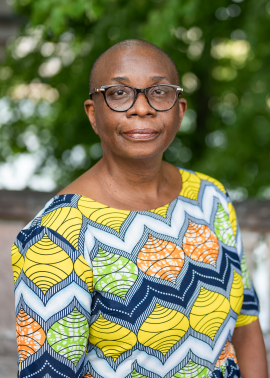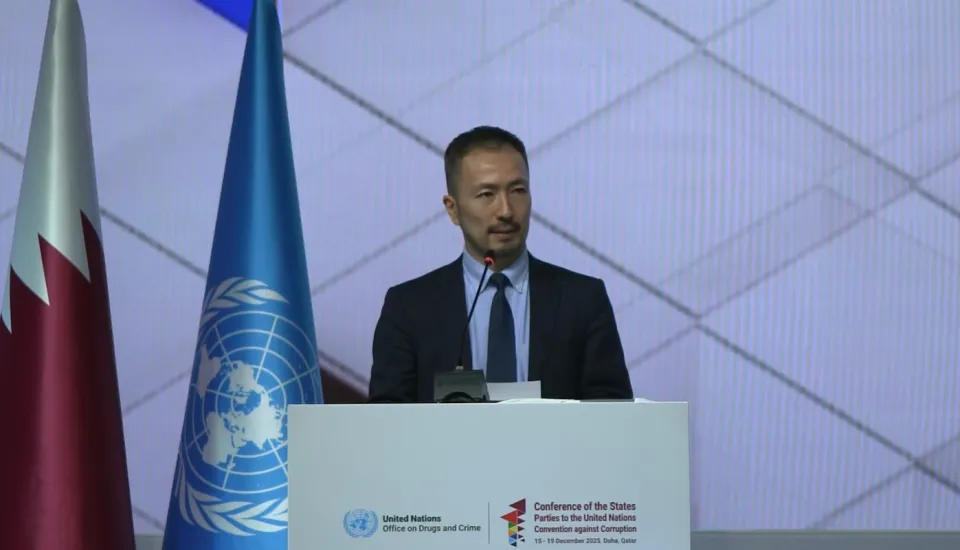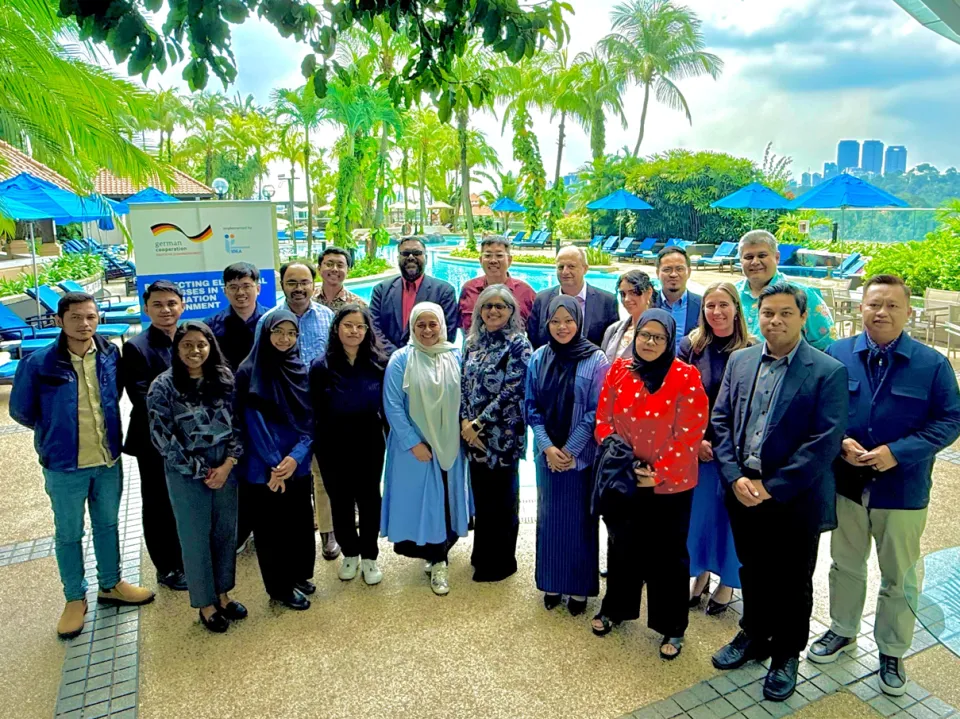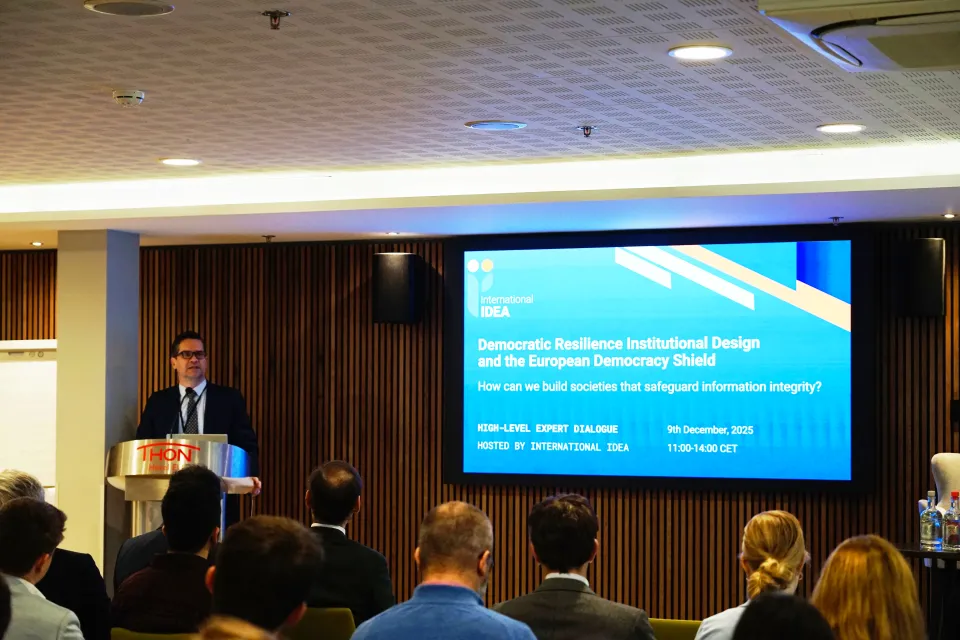Women and democracy - inaction is not an option
The year 2015 marks the 20th anniversary of the 4thWorld Conference on Women where the progressive blueprint on advancing women’s rights – the Beijing Declaration and Platform of Action – was articulated and agreed upon. Twenty years after the landmark adoption of this ambitious expression of aspirations that no country in the world has fully achieved, “it is still a long way to go” on this journey for advancing women’s rights in all spheres of life. Hence, it is now increasingly important to translate these well-articulated aspirations into actions that lead to the substantive transformation in the status and conditions of women everywhere. Inaction is not an option.
Democracy must promote sustainable policies, measures and practices that aim to eradicate inequalities between men and women. For instance, if women are to have equal opportunities to participate and represent themselves fully at all levels of decision making, interventions must be designed to encourage men to loosen their grip and relinquish some of their economic, political and social power. Putting in place initiatives to transform gender stereotypes and educate boys and girls about the importance of gender equality in all dimensions of their lives is crucial.
The unequal power relations that impede the effective inclusion of women in democracy building processes operate at many levels of society, from the most personal to the highly public. In some countries the inequalities are clearly blatant in the legal frameworks, such as constitutions, laws and policies. For instance, evidence abounds to attest that the continued marginalisation of women in positions of power and decision making at all levels is in fact part of the broader gender discrimination and the resulting inequalities that span the world.
Relationships between men and women and the way in which masculinity is defined are at the heart of many challenges for inclusive democracy building processes and institutions. The low levels of women’s participation and representation in these processes provides an illustrative example. For instance, the global average of women in parliaments currently stands at 21.9 per cent, with the Americas at an average of 26.7 per cent, while the Pacific region average is the lowest at 12.7 per cent women members of parliaments (MPs). Rwanda continues to lead in the global ranking, in fact ground breaking where 63.8 per cent of parliament is made up of women MPs. Bolivia is in second place with 51 per cent women MPs elected in the latest elections of October 2014. Globally only 11 countries currently have more than 40 per cent women in their parliaments/national assemblies. On the other hand, 41 countries spanning across all continents of the world have 15 per cent or less women MPs in parliament and currently 5 have exclusively male MPs as of 1 December 2014 (Source: Inter-Parliamentary Union).
Across the world, the attitudes about the superiority of men and the inferiority of women from all walks of life, starting at the household and family level, are still very common. Within countries and regions across the world the magnitude of the attitudes differ, reflecting factors such as culture and religion, the rural-urban divide, socio-economic status, the political and legal system. Due to patriarchal notions of power, traditional practices and religious interpretations, men are still widely considered the ‘head of the household’ with superior status and decision-making authority and often greater rights and freedoms. If substantive progress is to be made, efforts to advance women’s rights must not be an additional add-on to other efforts, but must be prioritised as fundamental in all investments on democracy building, political and human rights. Inequality must not endure and therefore inaction is not an option: we must #MakeItHappen




